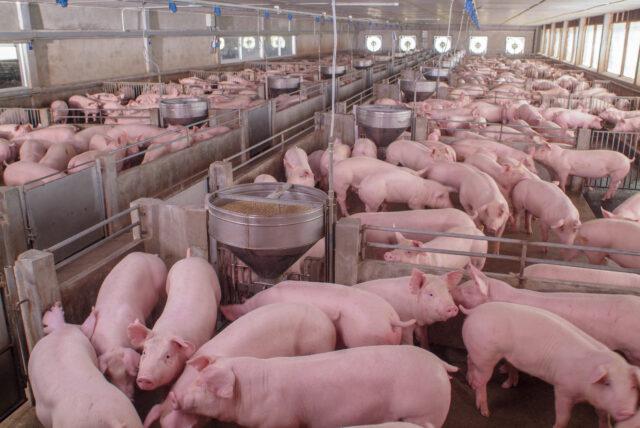Brazilian pork exports once again posted excellent figures in September, in terms of volume, revenue, and average price per ton. Last month, 100.972 thousand tons were exported (fresh and processed), below the 114.195 thousand tons registered in August, highlighting that this set a historical monthly record. The average price per ton exported reached the highest level of the year in September, at USD 2,391.31. The September revenue was USD 241.456 mln, only below that of August. The first point to be analyzed is that China has intensified purchases over the last few months, besides paying more for pork. In addition, Brazil has been able to boost sales for countries that historically buy little, such as the Philippines and Thailand.
In September, 46.989 thousand tons were exported to China, which corresponds to 46.59% of the total. At the moment, the pork supply scenario is tighter in China, so much so that prices soared in the country, a factor that motivated the government to fill the market with part of its reserves. The average price per live kilogram stood at 25.33 yuan at the close of the first week of October, up 37.59% since the beginning of the second half of the year (18.41 yuan) and is already up 102.32% from the year’s low set in late March (12.52 yuan). A kilogram of pork in the first week of October was 37.80 yuan, up 34.19% in the first half of the year and up 68.90% since late March, when it stood at 22.38 yuan. High local prices and more balanced supply lead to the search for imports, which has been helping Brazil. The Chinese increased their pork purchases in the international market, but not in general, advancing basically in Brazil, which is due to the very competitive price at global level. That is, the advance of purchases by the Chinese is only temporary. The European Union and the USA, direct competitors, have inflated prices as the production adjustments had occurred previously in Brazil, since 2021. The strong dollar is also a factor that harms their shipments.
It is also worth noting that Chinese domestic demand has increased recently due to the 10-day holiday in the first half of October, the Golden Week. After the holiday, the search for stock composition by industries and retailers has helped to push prices. China is also preparing for Lunar New Year 2023 (the country’s main holiday), which will begin on January 22. Thus, in the case of Brazil, the selling window aimed at this festivity is closing due to logistics. There is thus the possibility of a decline in the sales to China between November and early 2023, and Brazilian exports to this destination would return to the range between 30 and 40 thousand tons, and total exports may return to below 100 thousand tons. Other factors lead to the understanding that China will not act as intensively in purchases on the world market, at least not at the levels seen between 2020 and 2021. Since May, high prices and positive margins have encouraged production growth in China. USDA announced on the 12th that Chinese production will rise in 2023, which will reduce the need for imports. USDA projected Chinese imports at 1.7 mln tons in 2023, down 5.56% from the expectation of 1.8 mln tons in 2022. Noting that in 2021 China imported 4.3 mln tons. The exchange rate is also a variable to be closely monitored over the next few months.
The yuan has been in a process of devaluation, close to 7.20 per dollar, which favors the country’s trade balance, that is, exports tend to gain strength at the expense of imports, becoming more expensive. Thus, for Brazilian products to remain attractive to the Chinese, the real cannot strengthen.

